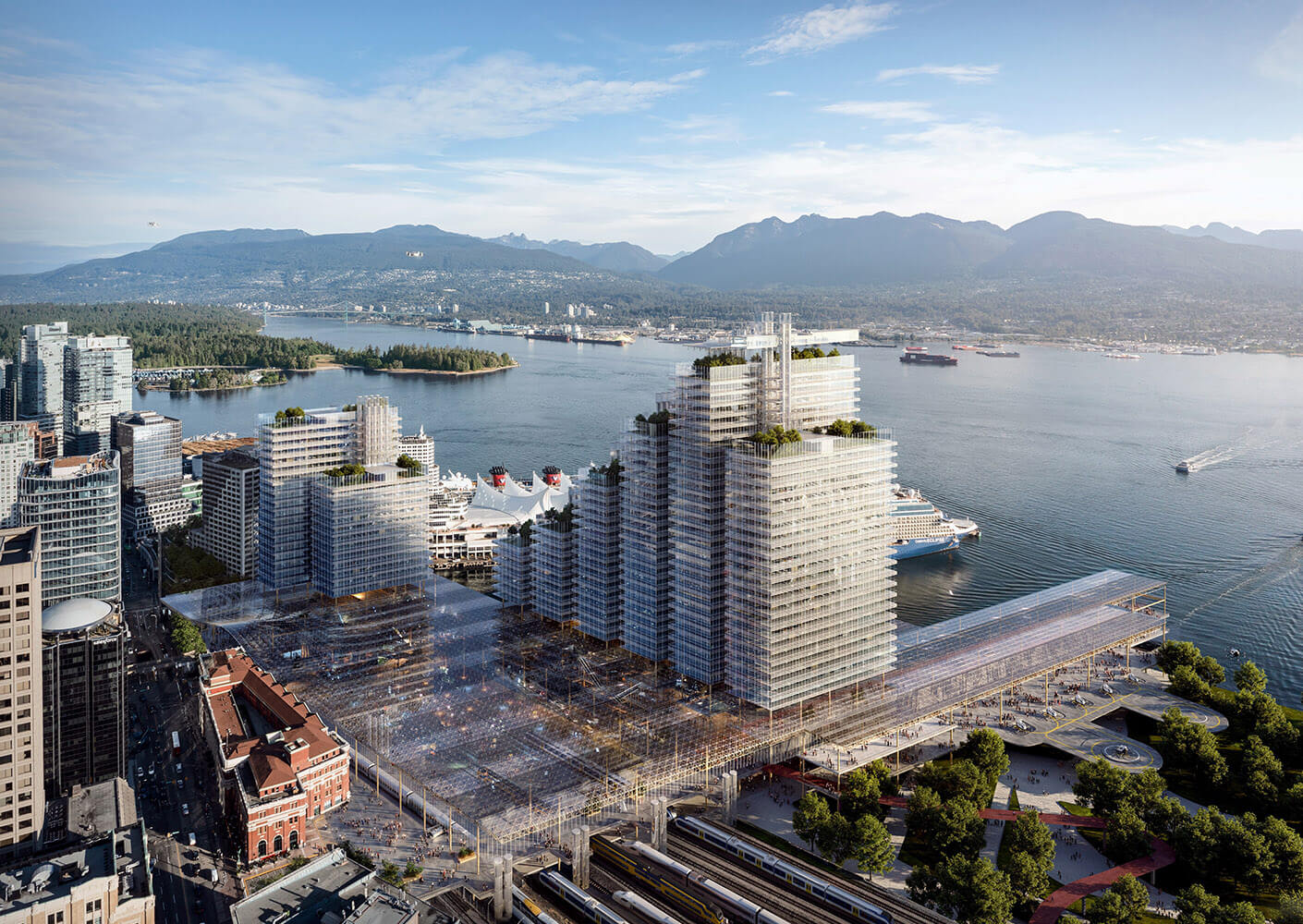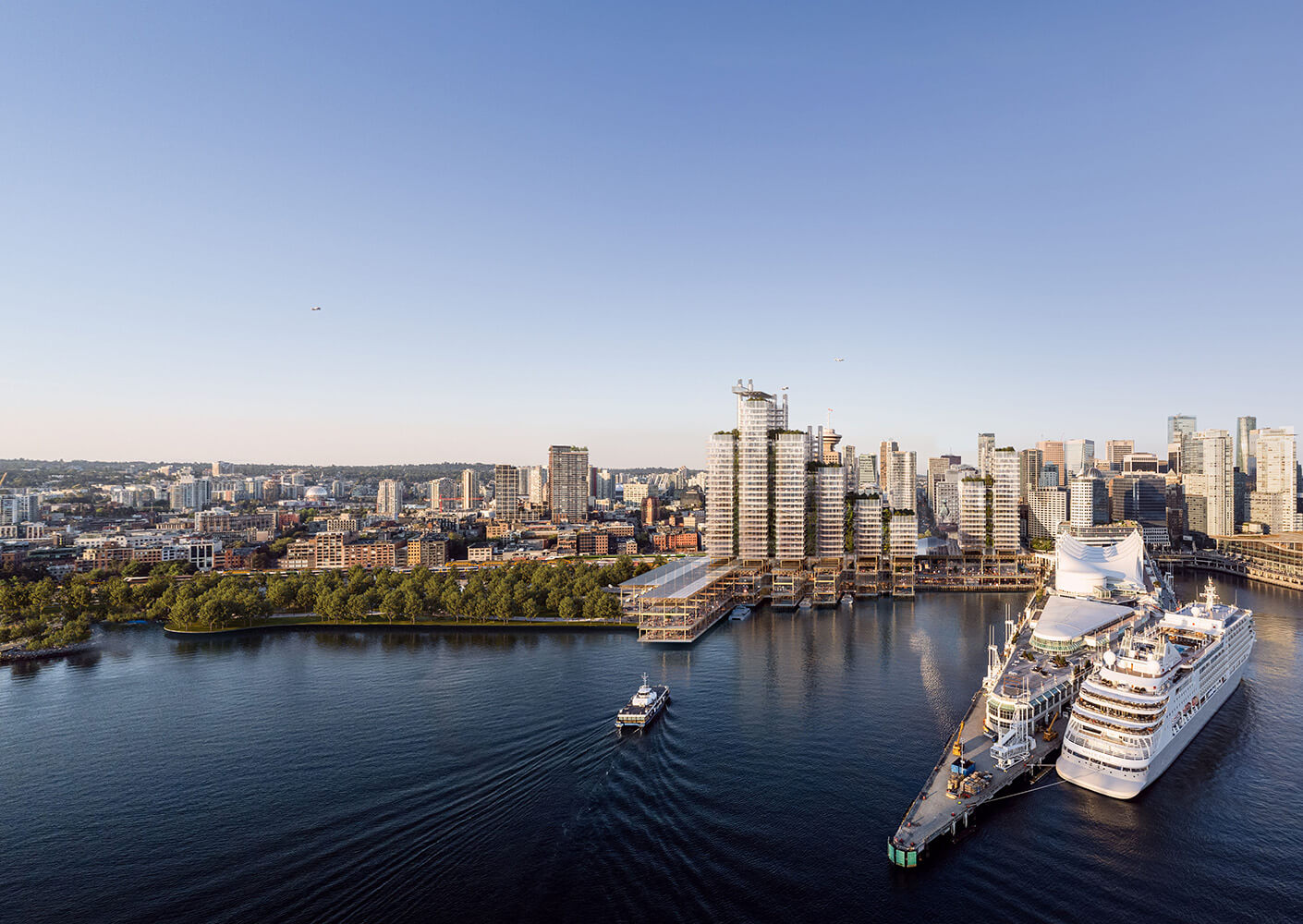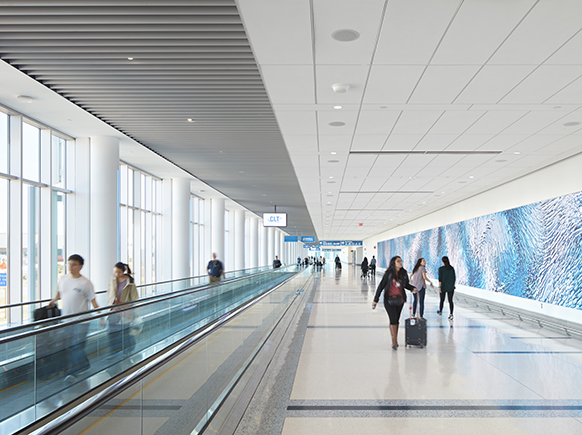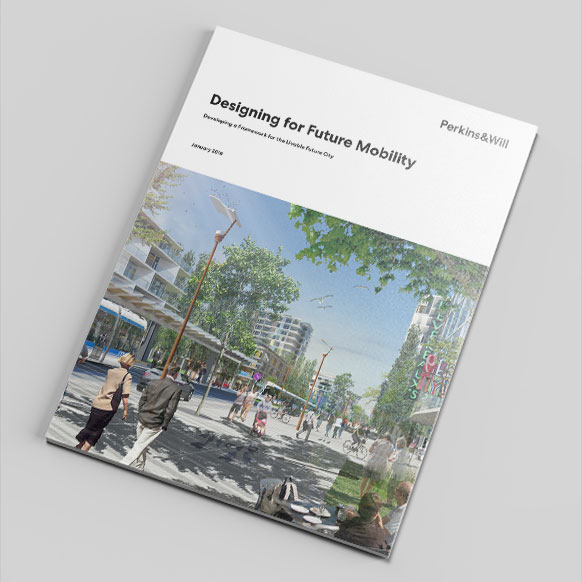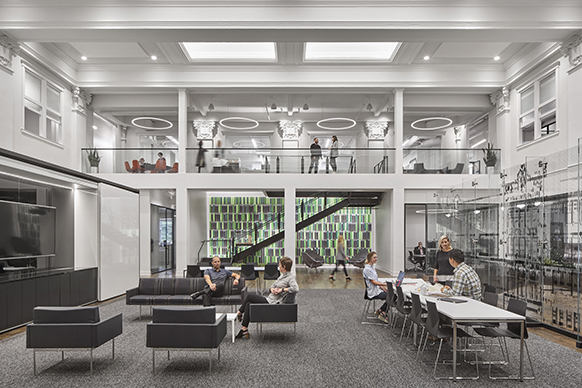In 2017, Uber Elevate shared a vision for a world where commuting above city traffic in a flying taxi would be as routine as hopping in a car. I was in the audience at an Uber Elevate Summit when we were told that this futuristic scenario, once the realm of science fiction, would become reality as early as 2023.
The Advanced Air Mobility (AAM) revolution is obviously moving at a slower pace than initially promised, but technology is catching up to imagination. Although we aren’t riding in flying cars just yet, AAM is real and growing in ways that provide substantial value. It’s improving the quality of life for the underserved, it’s a critical component of our future supply chain, and it’s a resource to save life and property. Success in these three aspects will pave the way to social acceptance, which will in turn help AAM reach its full potential as a modality option for all.
